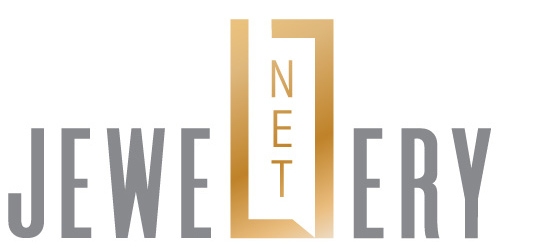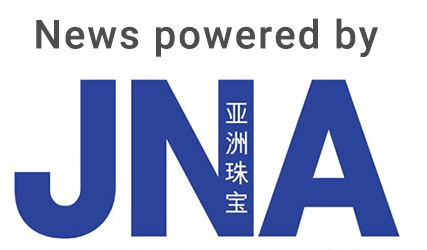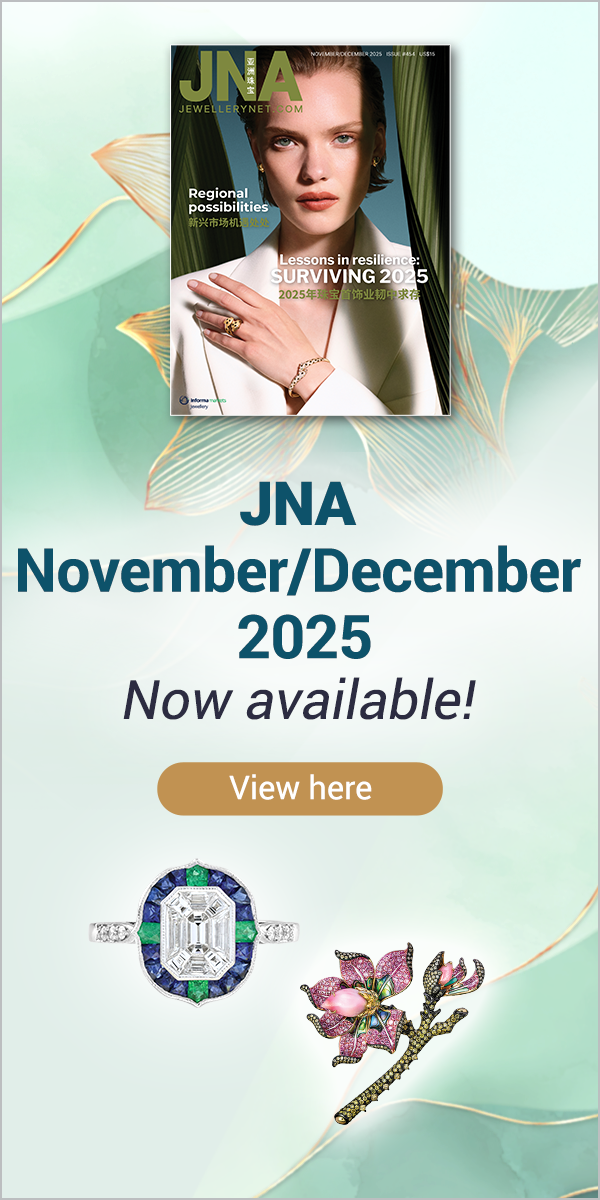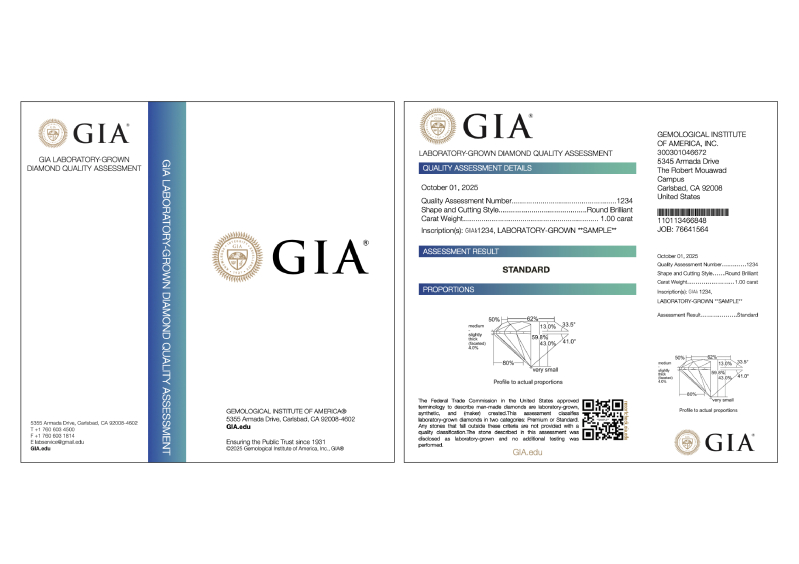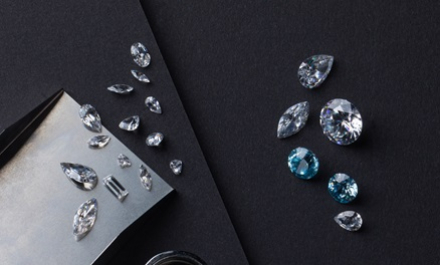The Gemological Institute of America (GIA) will launch revised evaluation services for D-to-Z laboratory-grown diamonds on October 1, 2025. Current services for such items will be available until September 30.
“Using descriptive terms for the quality of lab-grown diamonds is appropriate as most fall into a very narrow range of colour and clarity,” said Pritesh Patel, GIA president and CEO. “Because of that, GIA will no longer use the nomenclature created for natural diamonds to describe what is a manufactured product.”
The GIA Laboratory-Grown Diamond Quality Assessment will use descriptive terms rather than the GIA-developed nomenclature for natural diamonds. The lab-grown diamonds will be described as "Premium" or "Standard" based on an overall assessment of their clarity, colour and cut. Any diamond that does not meet all the minimum criteria for "Standard" will not receive a GIA assessment.
Lab-grown diamonds that meet all the following criteria will be classified as "Premium."
• Clarity – Very, Very Slightly included and higher
• Colour – D
• Polish, symmetry – Excellent
• Cut grade – Excellent (round brilliant-cut diamonds only)
Lab-grown diamonds that meet any combination of the "Premium" criteria and the following minimum criteria will be classified as "Standard."
• Clarity – Very Slightly included
• Colour – E-J
• Polish – Very Good
• Symmetry – Very Good (or Good for fancy shapes)
• Cut grade – Very Good (round brilliant-cut diamonds only)
The fee for the GIA Laboratory-Grown Diamond Quality Assessment is US$15 per carat, with a minimum fee of US$15. Submissions that do not meet the minimum criteria for assessment will be charged a US$5 evaluation fee. The minimum size for submission is 0.15 carats. Each submitted stone’s girdle will be laser inscribed with the term “Laboratory-Grown” and the GIA quality assessment number. A printed document with the assessment results will be returned with each laboratory-grown diamond.
